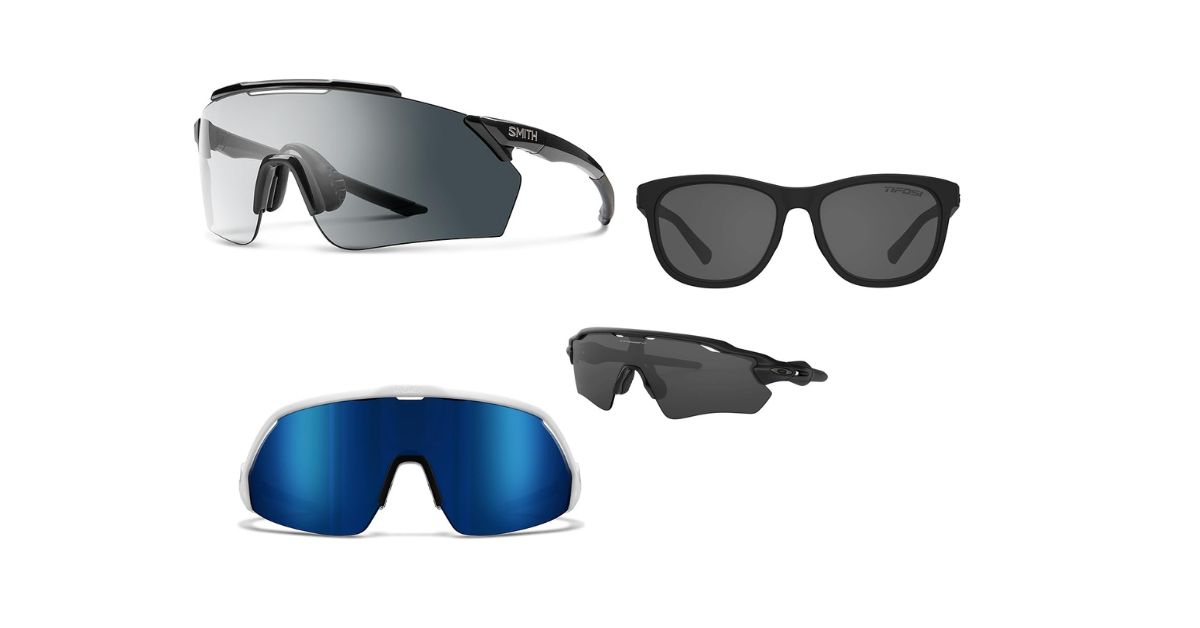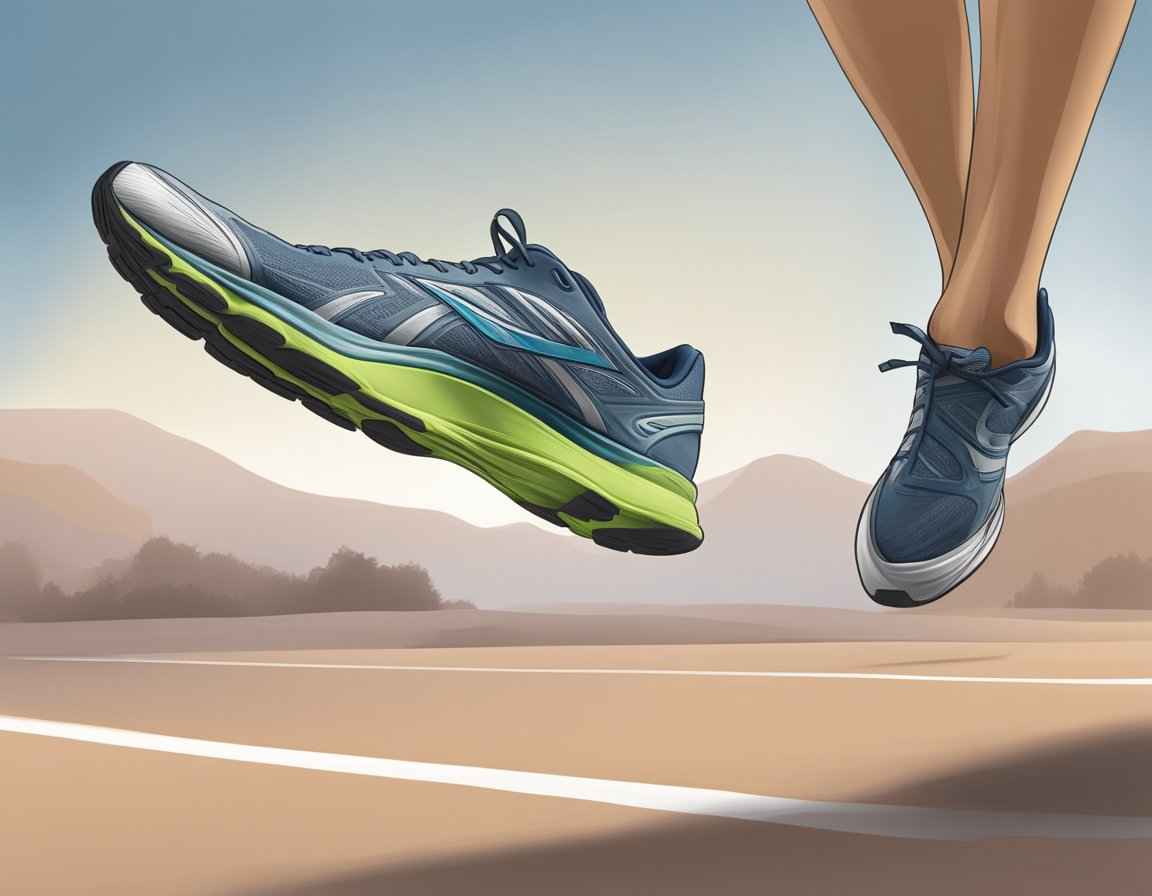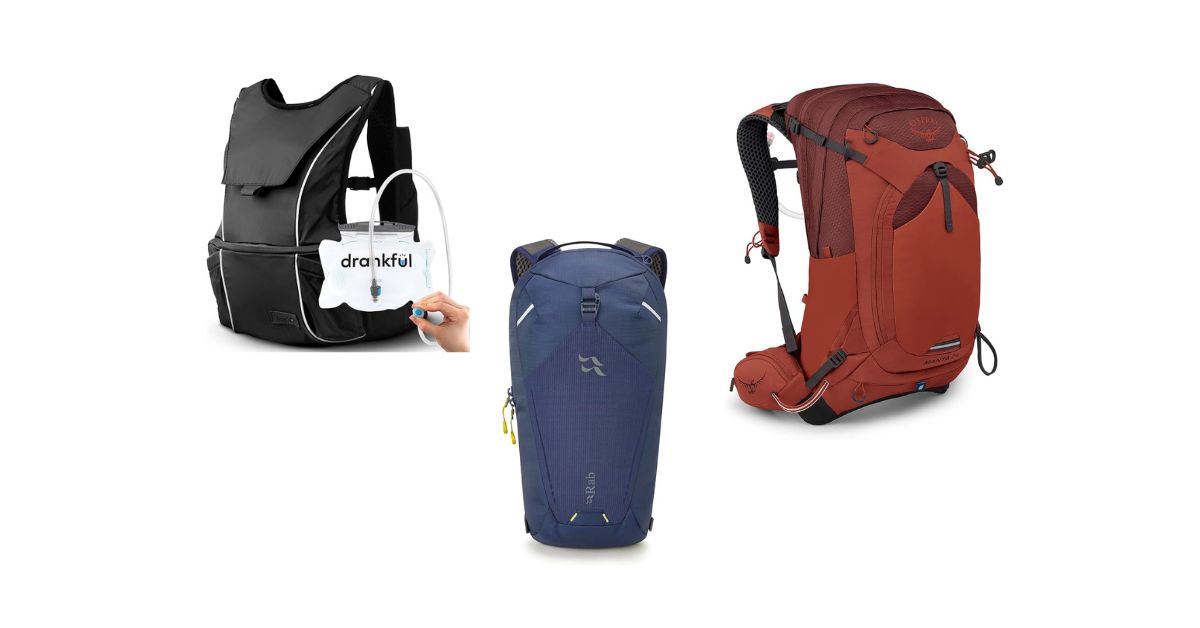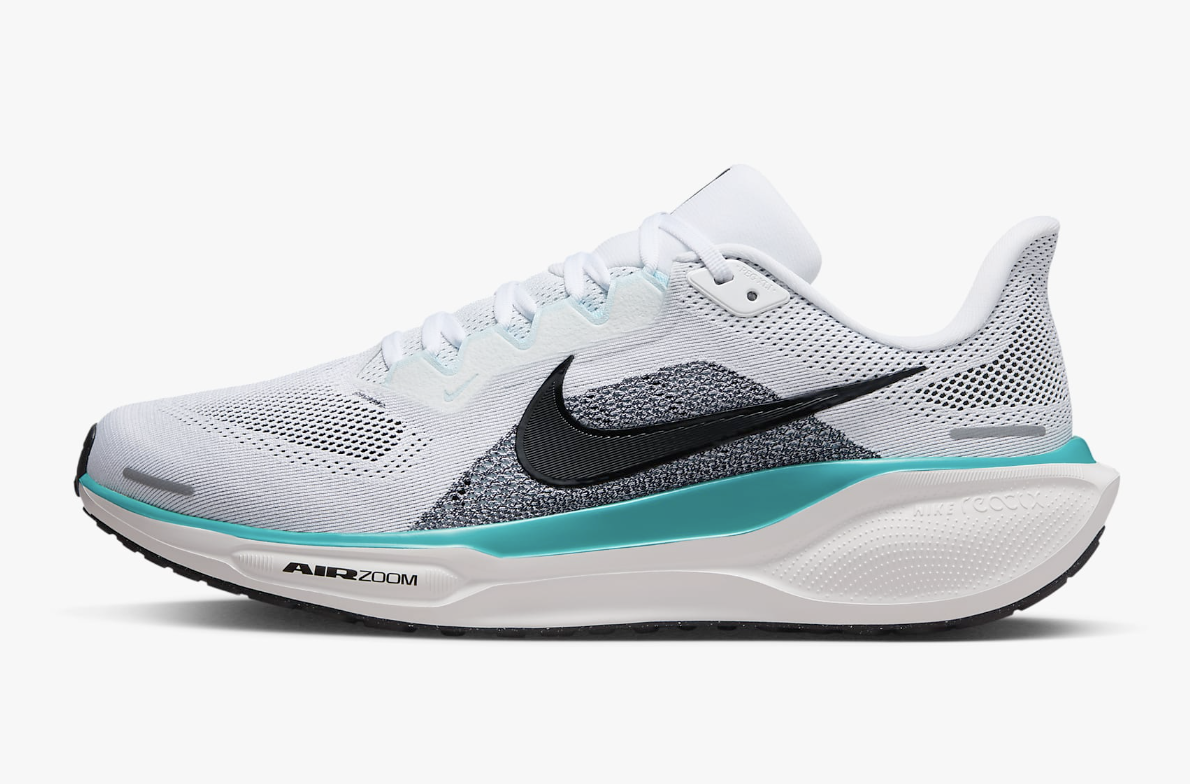
Nike Pegasus 41
- Weight: 281 g
- Stack height: 37 mm (heel), 27 mm (forefoot)
- Heel-to-toe drop: 10 mm
- Size and Fit: True size
The Heel
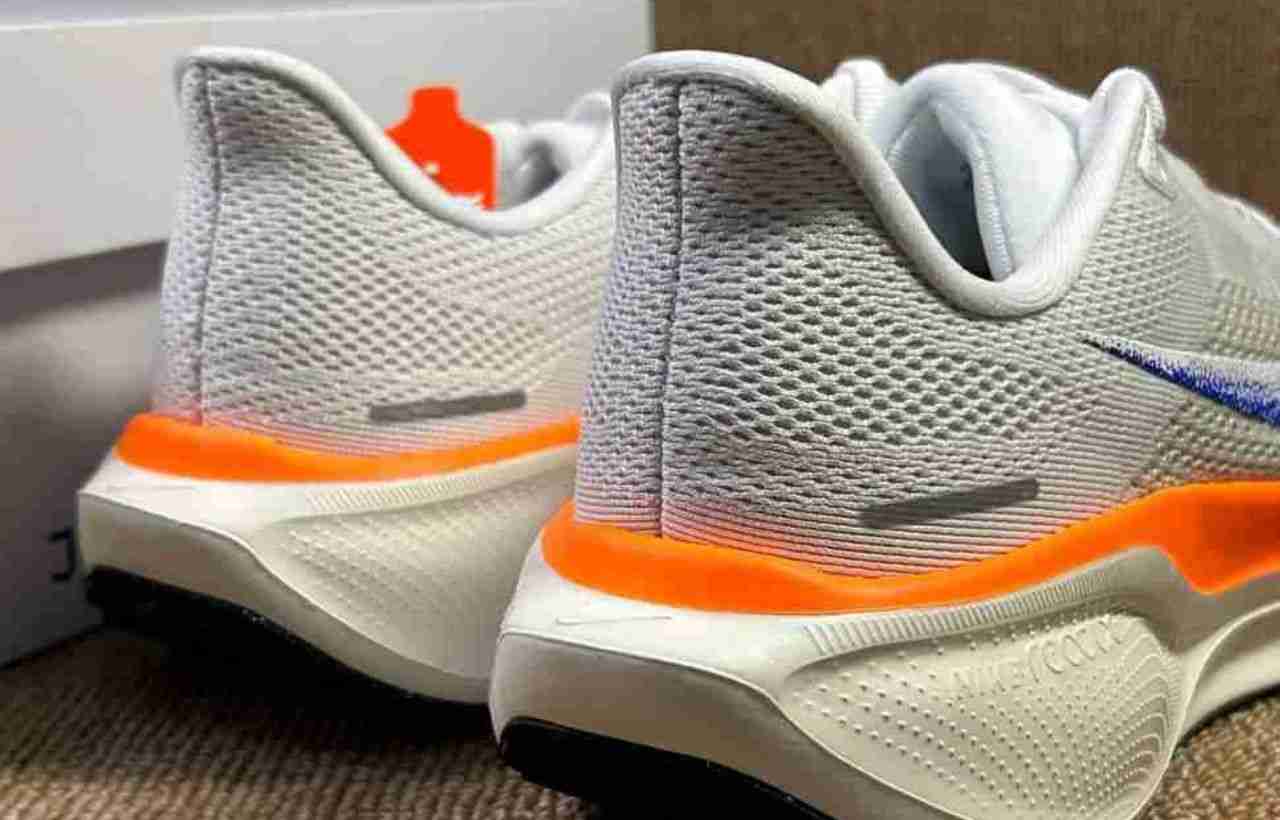
Forefoot Stack
The forefoot of the Pegasus 41 is 27 mm high, which might not be enough cushioning for runners who land on their forefoot. Unless they’re lighter and prefer a more natural, grounded feel with less padding underfoot.
The forefoot strikers can still enjoy the Pegasus 41 for easy runs up to 15K. We even call it the “Pegasus Premium” because it uses higher-quality materials, includes a layer of ZoomX foam, and has extra cushioning in the forefoot. However, all these upgrades come with a higher price tag.
Drop
The Uppers
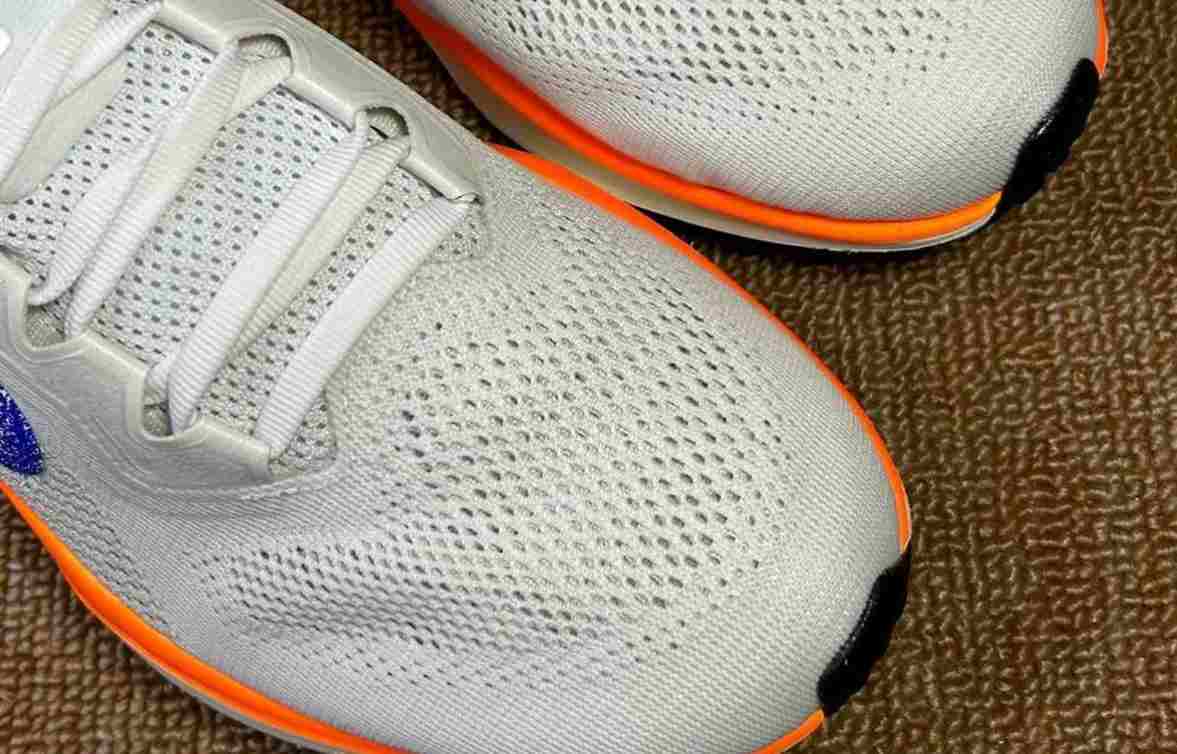
The upper is made of engineered mesh, which offers good breathability and keeps the shoe lightweight. Even during hot runs, my feet didn’t feel too warm. It strikes a nice balance between comfort, ventilation, and flexibility.
The toebox now features prominent ventilation holes, which greatly improves breathability. Nike focused on keeping the toebox well-ventilated while strengthening other shoe parts, such as the midfoot, heel, and toecap. These reinforcements enhance the shoe’s stability and durability.
The snug fit provides a secure lockdown, preventing heel slippage and reducing the chance of blisters once you start running.
The Outsole
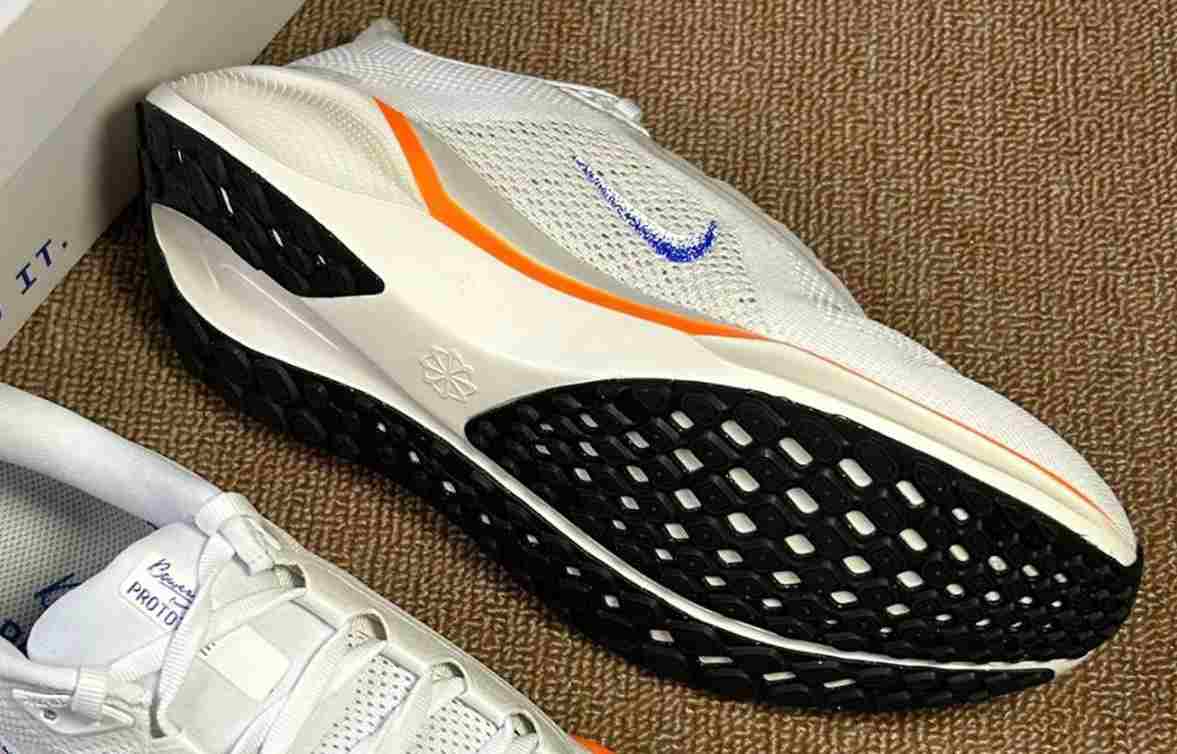
The outsole resembles the previous version, with Nike keeping the signature waffle design. It offers plenty of coverage while staying flexible, with lugs carefully placed to provide maximum grip without adding extra weight.
The shoe delivers excellent traction and is ideal for road and gravel running. It can also handle light trail runs in good weather conditions.
The Midsole
The cushioning feels firmer than you would expect out of the box. Whilst they do have a visibly high stack, they do not compress excessively underfoot and provide a noticeably responsive ride. The drop comes in at 10mm, which reflects the likelihood of it appealing more favorably to heel strikers as the shoe is substantially more cushioned at the heel.
The enhanced focus on cushioning following the upgrade to the ReactX foam, combined with the renowned Air Zoom pods in both the forefoot and the heel, effectively absorb landing impacts and smoothly facilitate a fluid transition from heel to toe during your stride.
This firm but responsive cushion is a good all-rounder. It gives the necessary support for longer slower miles, but will also keep up with you if you up the pace.
How Much Do They Weigh?
The Pegasus 41 weighs just under 10 oz—specifically 9.9 oz (281g), which is only a small 0.2-oz increase from the previous version.
While this is a reasonable weight, it’s not particularly impressive, especially considering that many daily trainers now offer similar features at lighter weights. We think there’s room for Nike to make the Pegasus lighter in next year’s version.
How Do They Fit?
The Pegasus 41 fits true to size, with a spacious toe box for comfort. However, the midfoot might feel snug for runners with wider feet. Thankfully, Nike offers a wider version to accommodate different foot shapes.

